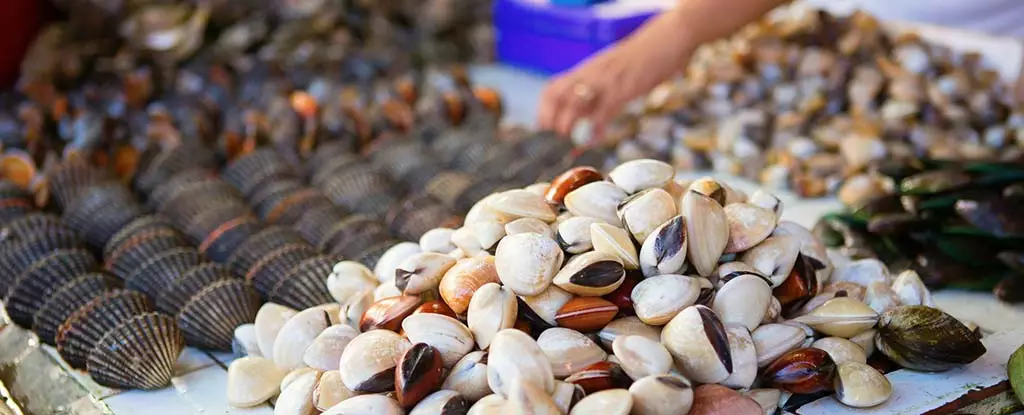The Philippines boasts some of the most biologically productive and diverse marine ecosystems on Earth, contributing significantly to global seafood supply. However, recent findings have illuminated a dangerous element lurking beneath the surface: harmful algal blooms tied to specific species of diatoms. This article explores the implications of these discoveries for the Filipino seafood industry and coastal communities, reflecting on the need for a proactive approach to monitoring and management.
Ranked as the 11th largest seafood producer worldwide, the Philippines generates over four million tonnes of seafood annually, a critical economic pillar for the country. Coastal communities rely heavily on this lucrative industry for their livelihoods, making any potential threats to seafood safety particularly alarming. The integration of advanced marine biology into local practices becomes essential not just for environmental conservation but also for the protection of public health.
Diatoms, a group of single-celled algae, are fundamental to aquatic ecosystems. They contribute significantly to the planet’s oxygen production and serve as the cornerstone of the marine food web. Composed of a silica-based structure, their unique attributes facilitate various ecological functions. Nonetheless, not all diatoms are harmless. A limited number—specifically within the genus Pseudo-nitzschia—are known to produce domoic acid, a neurotoxin that poses severe risks if accumulated in seafood.
Despite their critical ecological roles, increased human activity has led to the proliferation of diatom blooms that produce toxins, complicating what was once a straightforward seafood supply chain. When present in high concentrations in shellfish, domoic acid can lead to detrimental health outcomes, including neurotoxic effects that mirror severe food poisoning.
The alarming capacity of domoic acid to bioaccumulate in species such as mussels, sardines, and anchovies raises serious public health concerns. Historical instances of domoic acid poisoning, such as the tragic events in Prince Edward Island in 1987, serve as stark reminders of the potential dangers of contaminated seafood. The contamination led to memory loss in survivors and several fatalities, prompting tighter regulatory measures in various countries.
However, with flowering harmful algal blooms becoming increasingly common due to climate change and other anthropogenic factors, the risk of seafood contamination in places like the Philippines is also heightened. The delicate balance between maintaining a robust seafood industry and safeguarding public health is crucial.
In response to growing concerns, researchers from Ateneo de Manila University and Universiti Malaysia Sarawak conducted a study, uncovering diatoms capable of producing domoic acid in marine farms near Luzon Island. Their isolated strains included Pseudo-nitzschia pungens and Pseudo-nitzschia brasiliana, both known for their toxin production. Notably, this was the first detection of P. brasiliana in Luzon, indicating a potential shift in local marine dynamics.
Moreover, monitoring efforts are, as noted, still in their infancy in the Philippines. While countries may have robust protocols for detecting harmful algal blooms, the Philippine seafood sector needs to adopt similar vigilance to protect its communities and industry sustainability.
Considering these findings, it becomes evident that a proactive approach is vital. Industry stakeholders, policymakers, and researchers must collaborate to establish monitoring programs that can promptly detect harmful algal blooms. Enhanced surveillance at critical aquaculture sites would enable seafood producers to issue timely warnings, thereby preventing contaminated products from reaching consumers.
Additionally, public awareness campaigns can serve to inform coastal communities about the risks associated with consuming shellfish during bloom events, fostering a culture of precaution. Together, these measures can strengthen the resilience of the Philippines’ vital seafood industry against the threats posed by toxic marine life.
While the Philippines has a remarkable capacity for seafood production, emerging threats from harmful algal blooms could jeopardize both public health and economic stability. A collective response that prioritizes scientific research and community engagement can help navigate these challenges, ensuring a safe and sustainable seafood supply for future generations.

